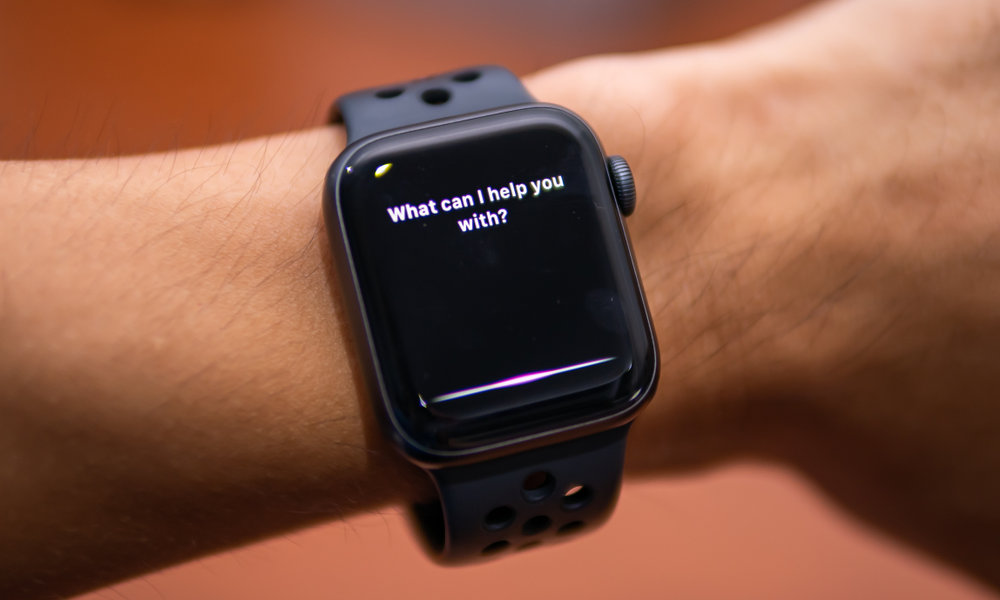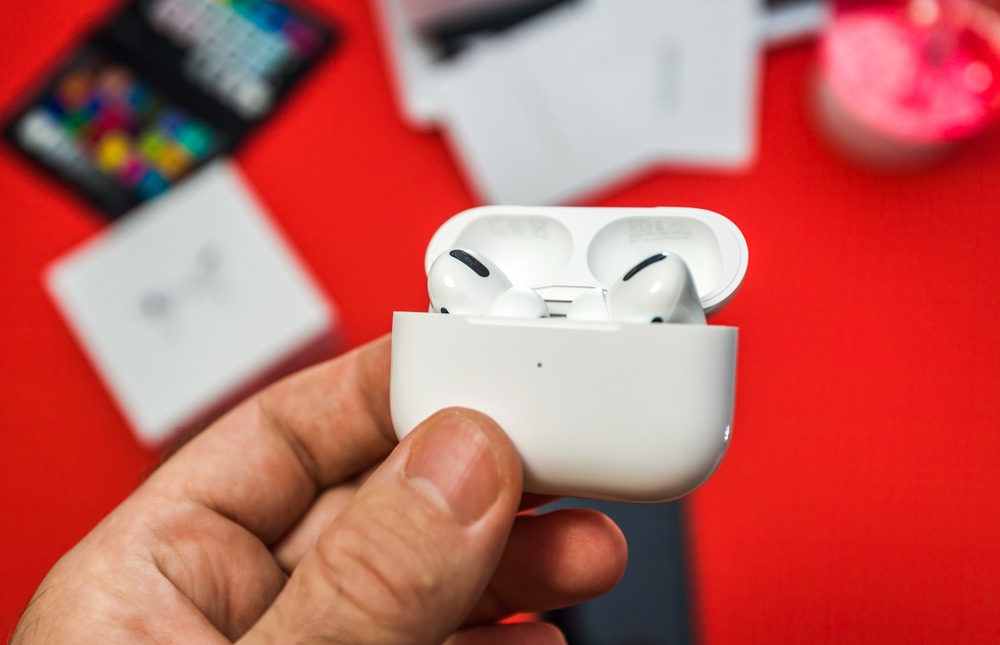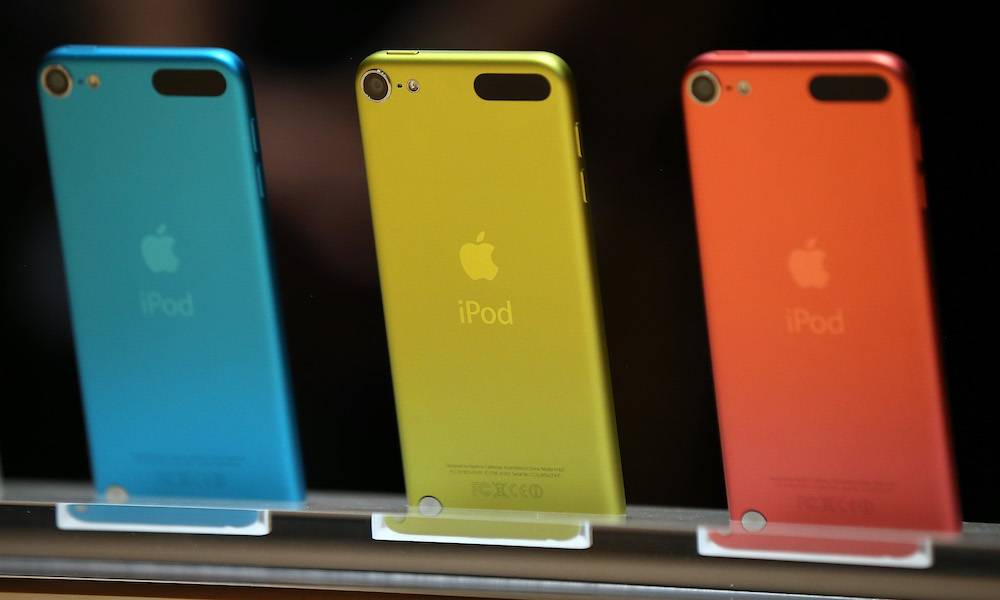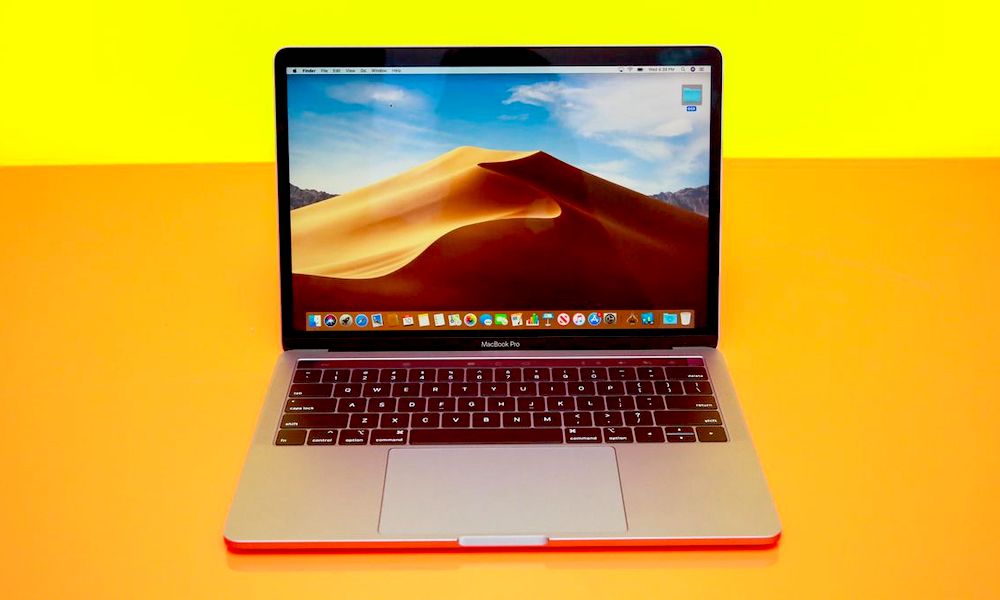These Are the Best Battery Tips for Each of Your Apple Devices
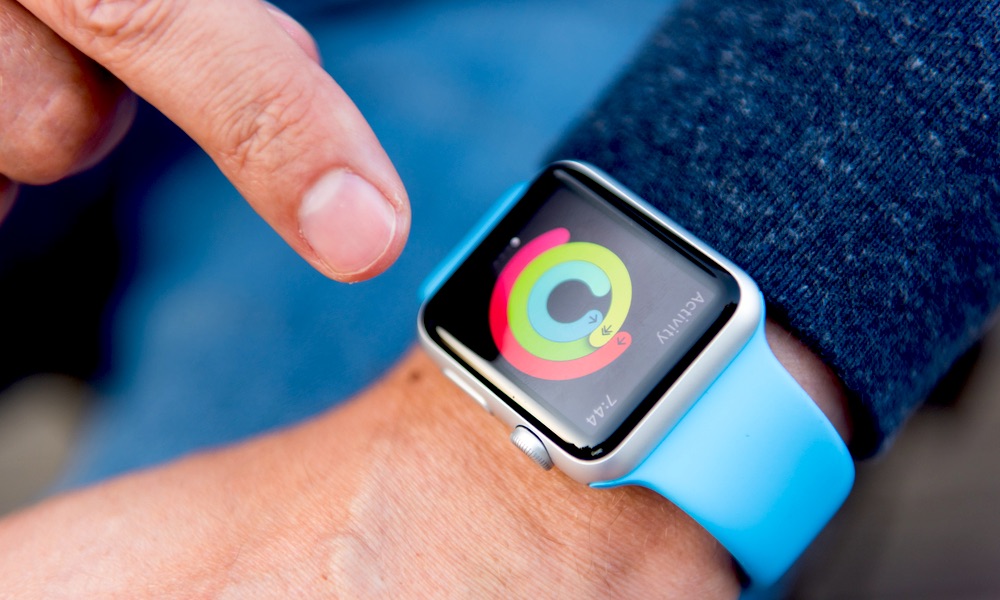 Credit: Anna Hoychuk / Shutterstock
Credit: Anna Hoychuk / Shutterstock
No matter which mobile device you're using, the question always arises: "What can I do to make my battery last even longer?" Well, until someone invents the revolutionary battery technology of the future, there's only so much that lithium-ions can do (no matter how advanced Apple's might be). But there are things that you can do to save on battery life, right now.
Today, we're going over each major mobile Apple device, and one or two specific things that you can do that'll make a big difference in your battery life. Continue reading to learn the Most Important Battery Tips for Each of Your Apple Devices.
Apple Watch Batteries
The Apple Watch's battery life varies tremendously based on how you use it, and Apple's claims about the watch's battery life can be confusing. Running various apps will drain your battery in an hour, while other operations will allow it to run all day. This can make it difficult for users to find options that will actually save them battery life, outside of obvious options like the "Power Reserve" mode.
But if you truly want to save battery life on your Apple Watch, there is one key step you can take that will make a big difference.
- Head to Settings on your Apple Watch.
- General.
- Wake Screen.
- Turn off Wake Screen on Wrist Raise.
If you move your arms a lot throughout the day – and many of us do – then your watch may be turning on all the time for no reason. Shut down that feature, and you could find your battery life skyrocket.
Unfortunately, that also means you'll have to touch your watch's display (or turn the Digital Crown) to turn it on, which can be annoying.
However, the Apple Watch Series 5 has an "always-on" display that leaving on while disabling Raise to Wake turns out to be an easy compromise.
iPhone Batteries
Use Low Power Mode! This may seem like an obvious change to make, but it really can improve your iPhone's battery life now (and over the long run).
- You can find Low Power Mode in your iPhone's Settings, within the Battery section.
- You can also find Low Power Mode in your iPhone's Control Center.
When Low Power Mode is on, your iPhone will switch to a power-saving mode that automatically adjusts a bunch of different settings to save battery life, including screen brightness and app usage (like Mail fetching).
Your iPhone may automatically suggest that you turn on Low Power Mode when you reach 20% battery life. But you should get used to plugging your iPhone in before your battery drops to 20%.
iPhone batteries struggle to charge from a depleted state, so use the Low Power Mode prompt to train yourself to charge around that time (or before, preferably). This simple feature can help you extend your iPhone's battery life between charges, as well as its overall lifespan.
iPad Batteries
You can treat your iPad's battery just like your iPhone's battery and get great results; the two devices are quite similar in this regard. However, we will note that iPads have a much bigger screen – that's obvious, but it means that its battery power drain is more closely related to screen brightness and management.
That means lowering the screen's brightness can have a bigger impact on battery life than it does on an iPhone. So if you really want to make a difference in your iPad's battery, start by lowering its screen brightness in the Control Center or the Settings app.
AirPods Batteries
AirPods are another popular Apple device running on batteries that sometimes don't seem to hold enough juice, and there's one overarching tip for these earphones that you should know: Don't use too many smart features if you can help it.
You could turn off Automatic Ear Detection, Hey Siri, and Active Noise Cancellation via your mobile device. This will help expand your AirPods' battery life. Although doing so will severely limit their functionality.
Also, don't be afraid to charge your AirPods frequently to keep battery life at their max capacity. You can expect your AirPods to slowly lose their max charging capacity over time, that's simply unavoidable.
iPod Batteries
If you depend on an iPod for music, nothing is more frustrating than a battery that never lasts as long as you need it to. For an iPod, there are two important things you can do to save battery life.
- First, the EQ (or Equalizer) setting can enhance playback sound, but it also consumes a lot of battery life. Don't use the EQ when you can help it.
- Second, make sure your backlight isn't set to "Always On." Nothing drains an iPod faster. Lower its on time, or switch Auto-Lock to 30 seconds. If you can help it, only turn on the backlight when it's too dark to see the screen.
MacBook Batteries
If you haven't spent any time in Energy Saver in your MacBook's System Preferences, now is the time. This is the section where you can enable a number of battery-saving options like dimming the display, hibernating hard disks at certain times, and so on (make sure you turn Power Nap off here).
While you're in System Preferences, you should also swing by the Keyboard section and make sure that your keyboard's brightness is set to dim in low light – or just set it as low as possible. MacBook users may not care as much about keyboard brightness as saving battery life.

